Canadian dollar tumbles broadly as partly weighed down by decline in oil price. But more importantly, BoC Senior Deputy Governor Carolyn Wilkins’ comments were seen as laying the ground work for policy easing at a later stage. In a speech, she said that “our policy interest rate may be relatively low now, but at 1.75 per cent we still have room to manoeuvre”. Also, there are other options including ” extraordinary forward guidance and large-scale asset purchases”.
Wilkins also emphasized the “importance of the interaction between monetary policy and financial vulnerabilities”. She added, “in the current context, lowering interest rates could provide some insurance against downside risks to inflation. However, this insurance would come at a cost in terms of higher household vulnerabilities down the road”.
Canadian economy is “performing relatively well overall”. But “beyond our shores, the global economy is facing immense challenges”, with US-China trade war “top of mind for all of us”. Additionally, there’s Brexit, Middle East tensions, social unrest in Hong Kong and some countries in Latin America. “The global context has worsened, increasing risks to the global expansion and the chances of financial stress that could spill over into Canada.”
CAD/JPY’s rejection by falling 4 hour 55 EMA suggests that decline from 83.55 is still in progress. For now, we’re favoring the case that corrective rebound from 78.50 has completed with three waves up to 83.55. Further decline is expected as long as 82.52 minor resistance holds, for 79.82 support and below. Nevertheless, break of 82.52 will dampen this bearish view and turn focus back to 83.55 instead.
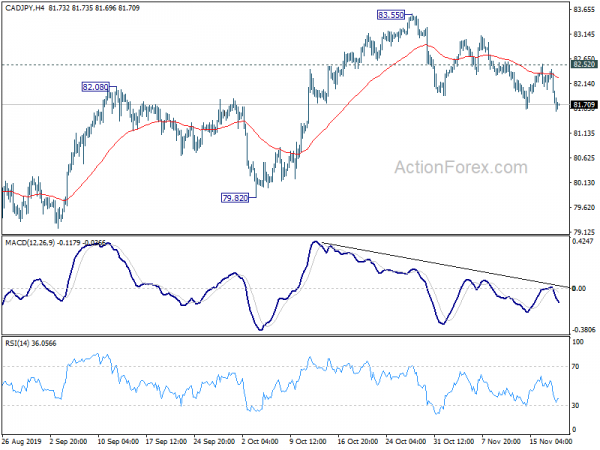
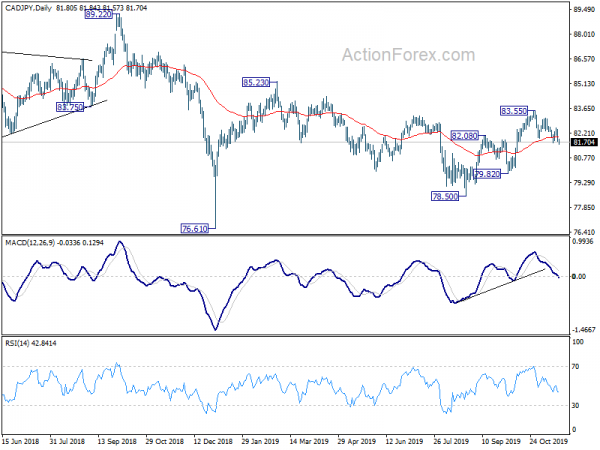




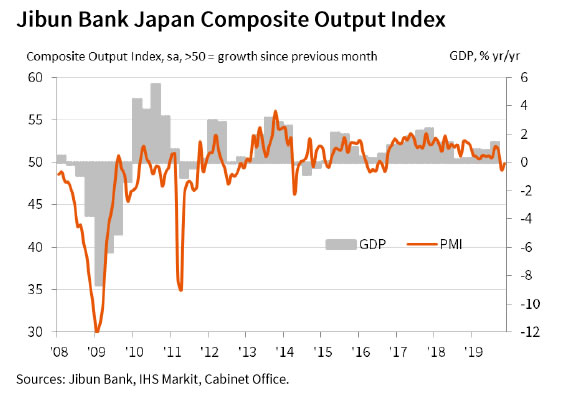
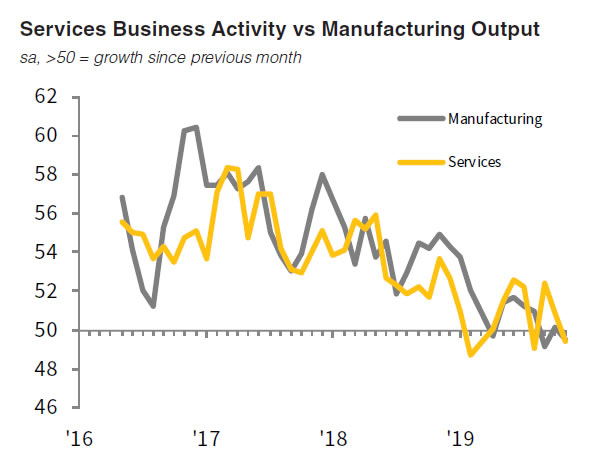
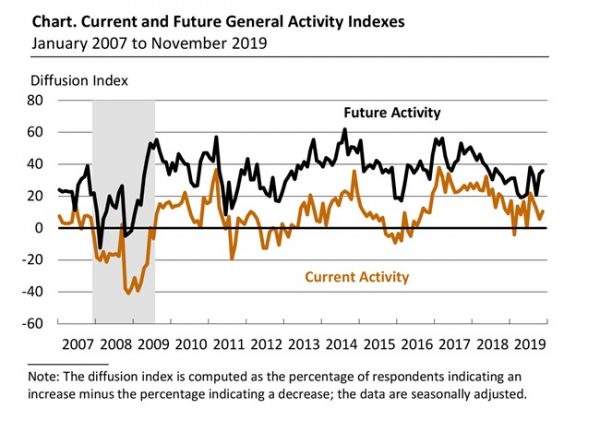
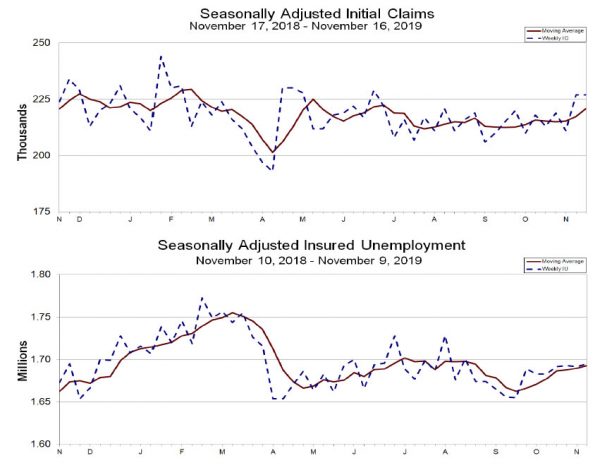
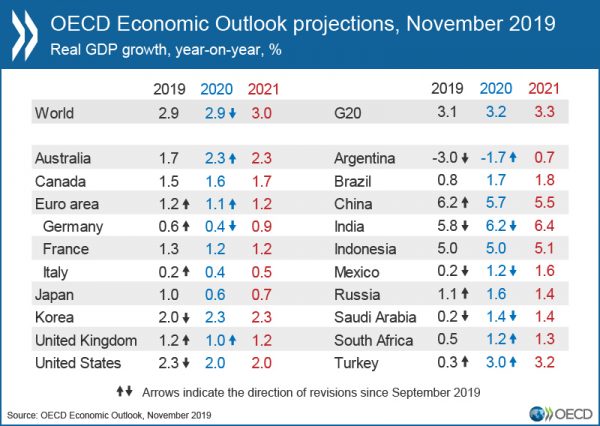
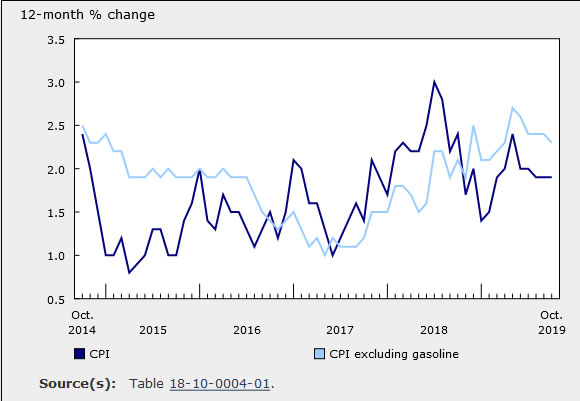
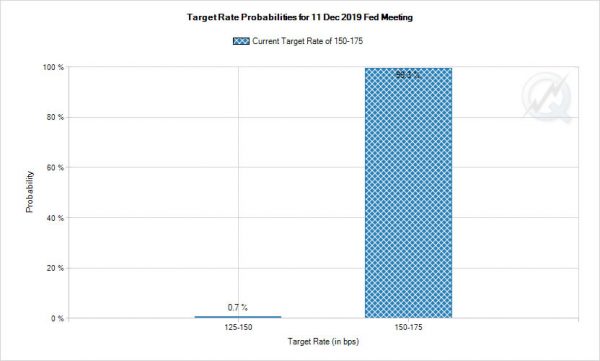



Japan CPI core edged up to 0.4%, well below BoJ’s target
Japan CPI core (all item ex-fresh food) rose to 0.4% yoy in October, up from 0.3%, matched expectations. All item CPI was unchanged at 0.2% yoy, missed expectation of 0.3% yoy. CPI core-core (all item ex-fresh food, energy), rose to 0.7%, up from 0.5%, beat expectation of 0.6% yoy.
The inflation subdued inflation reading suggests that the sales tax hike in the month had little impact on prices, and is unlikely o derail consumer spending. Yet the core inflation reading remains well below BoJ’s 2% target. The central will need to maintain ultra-loose monetary policy for a prolonged period. But even so, there is little evidence to show that inflation could sustainably hit the target with current stimulus.